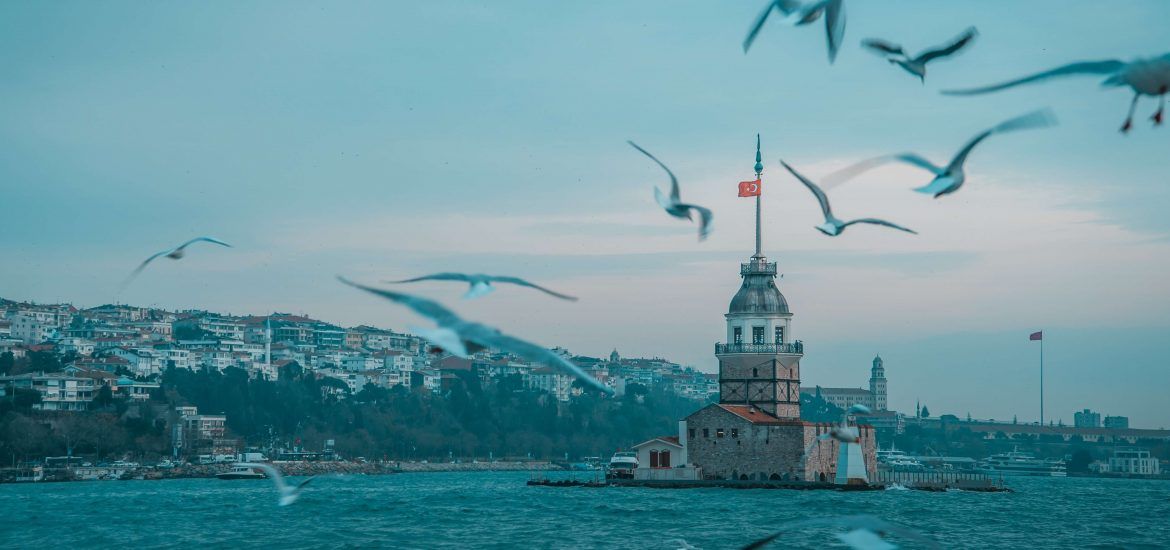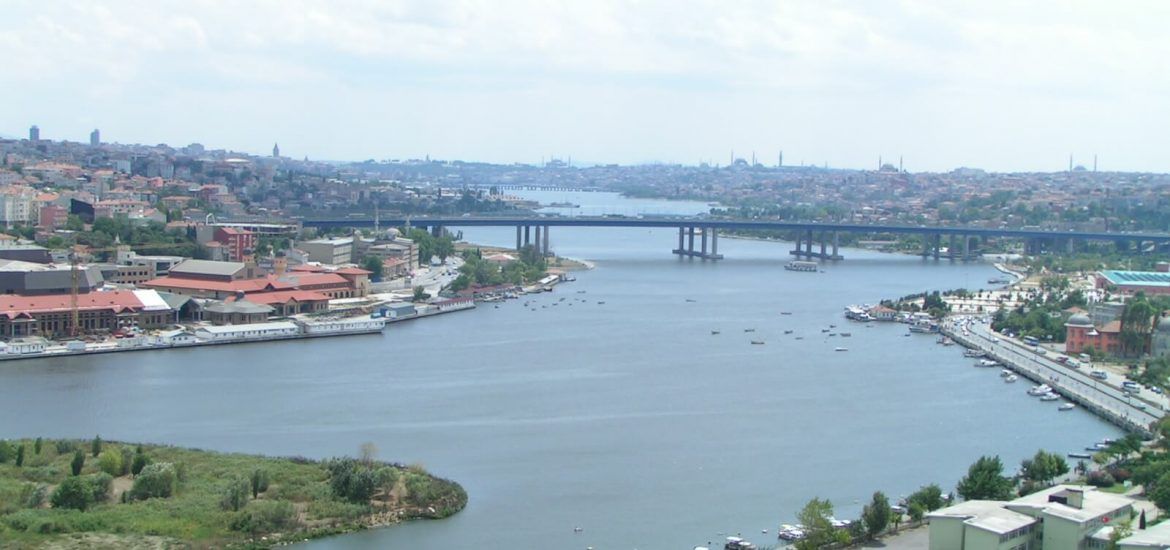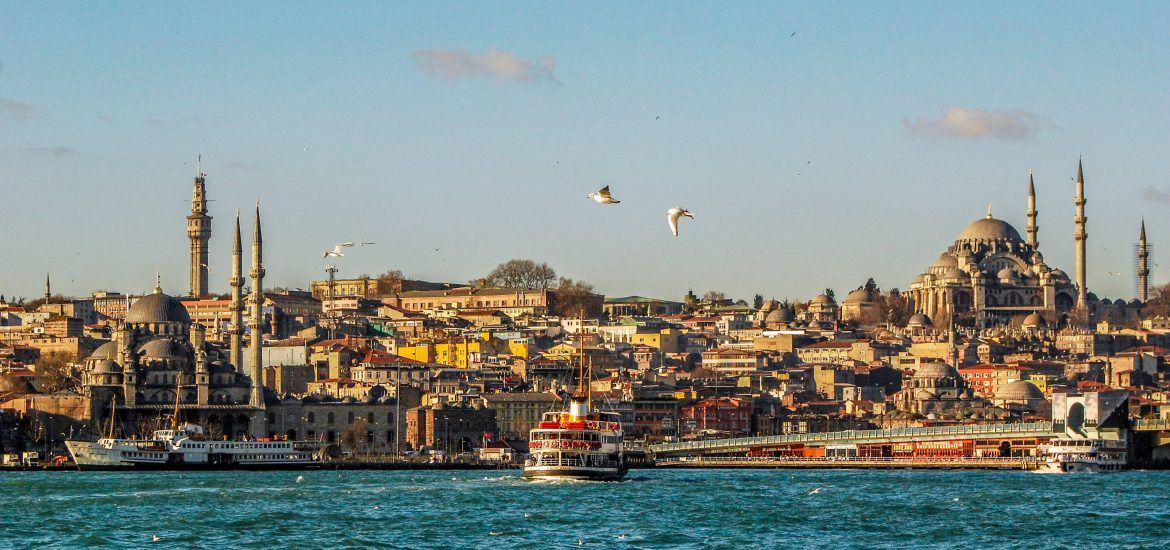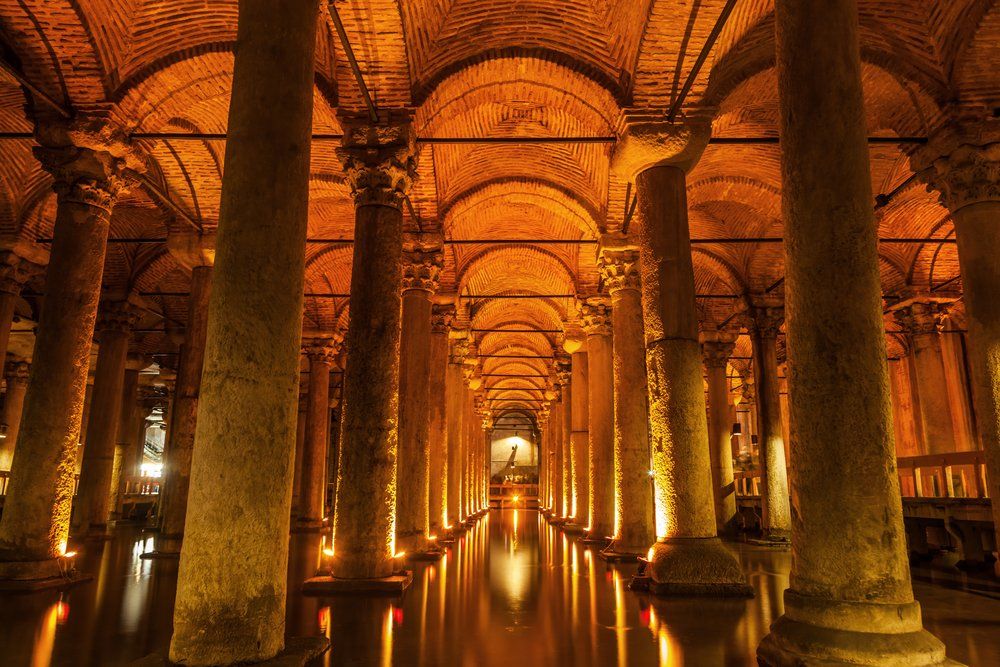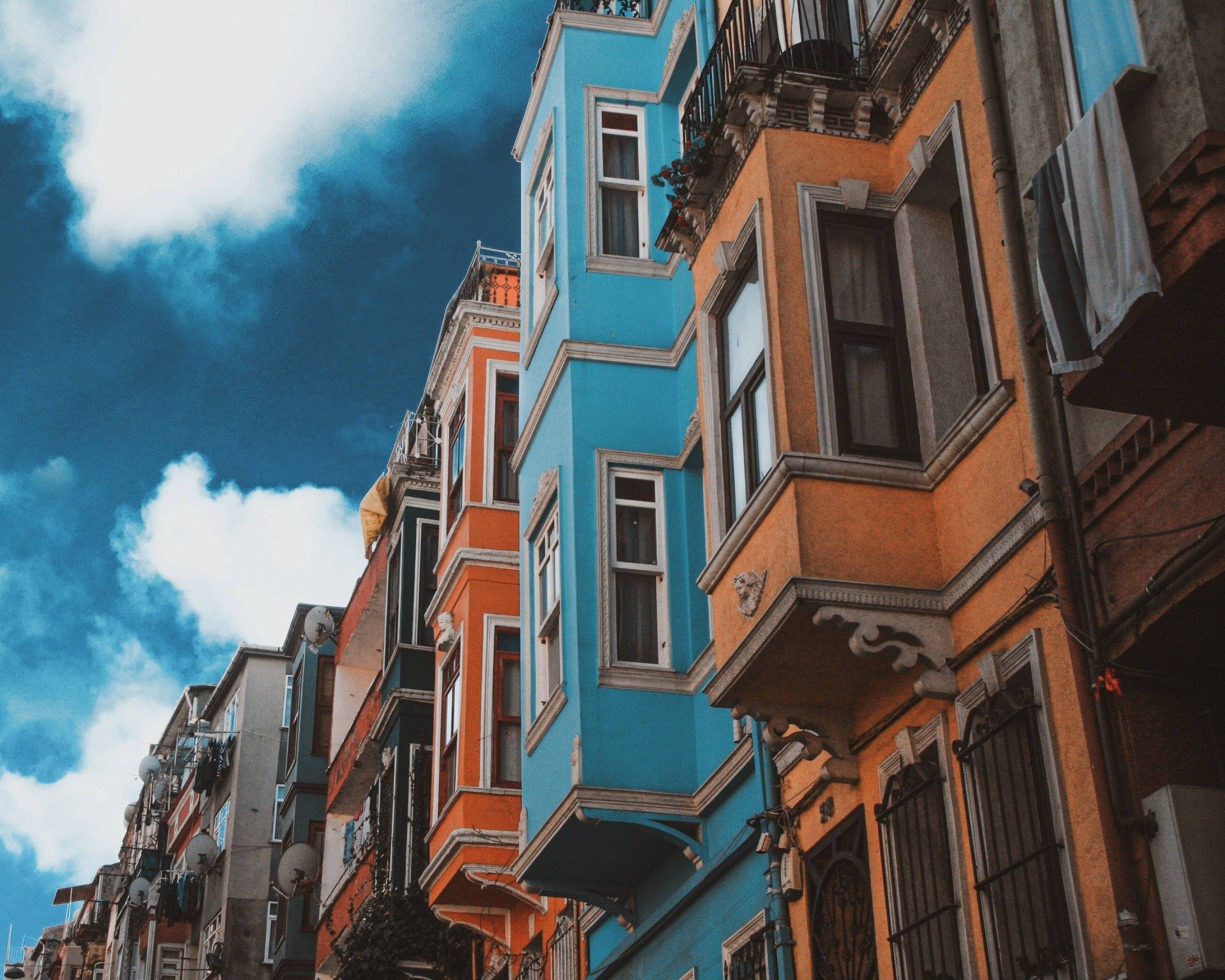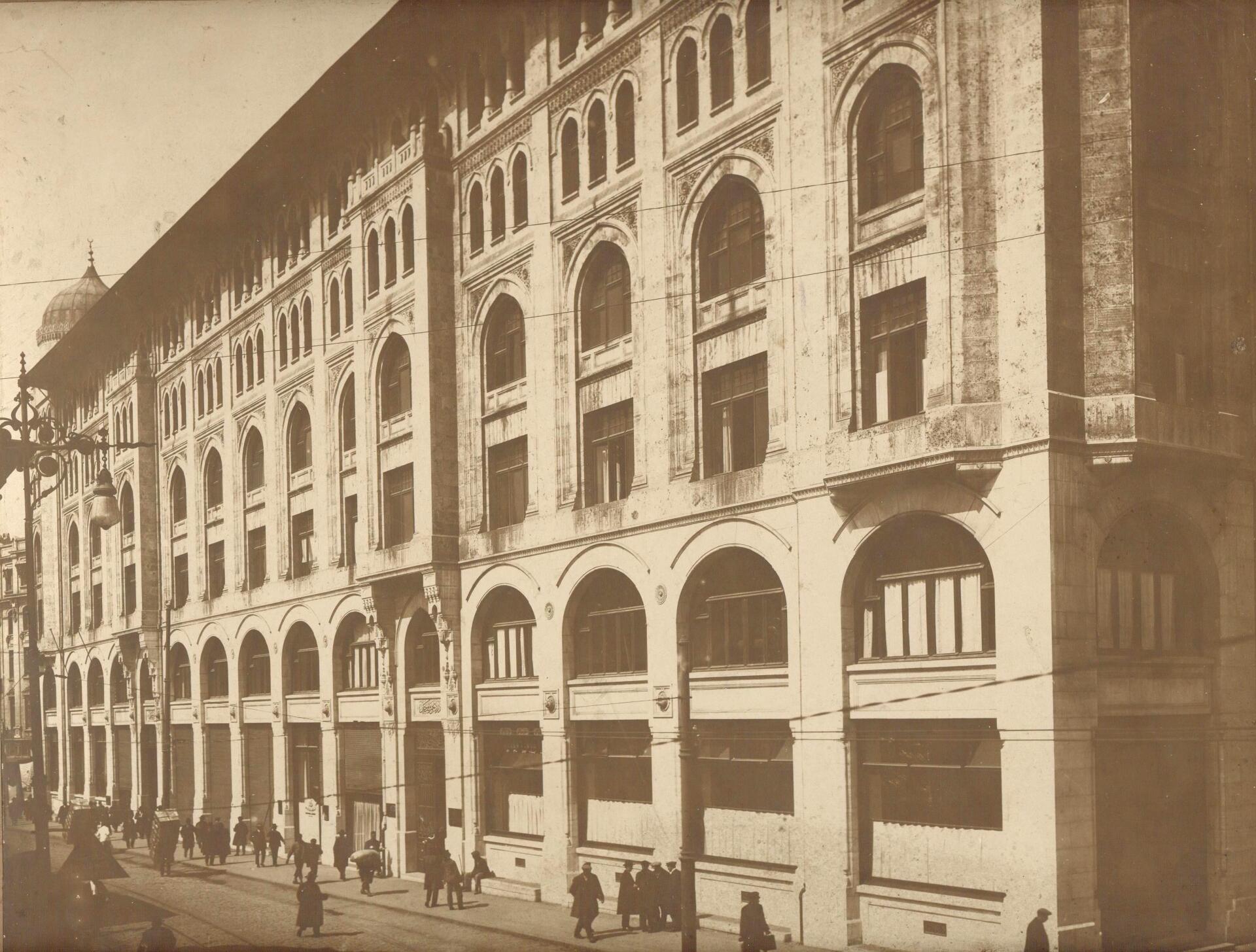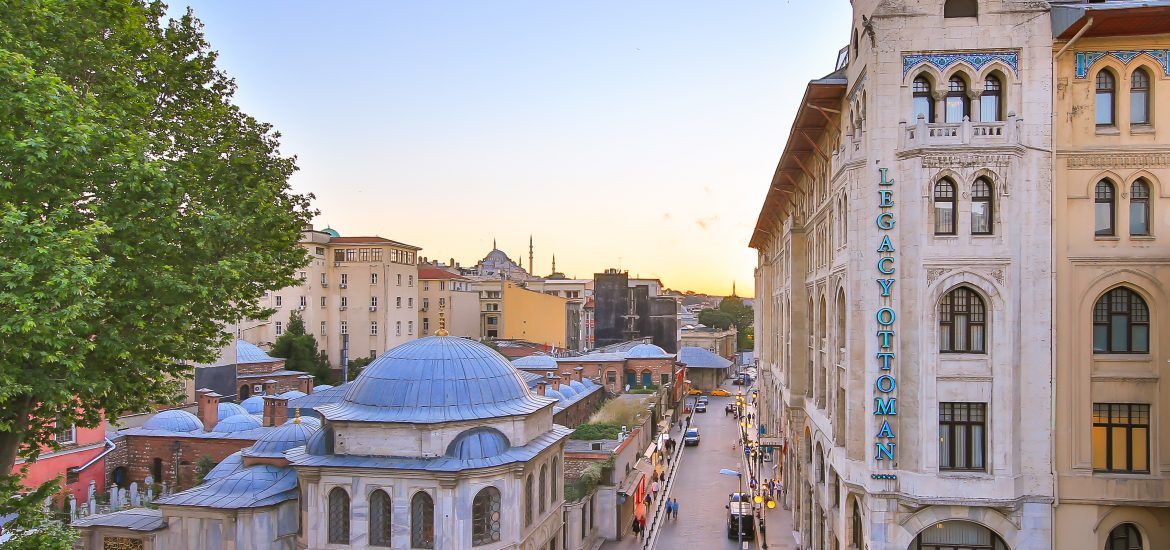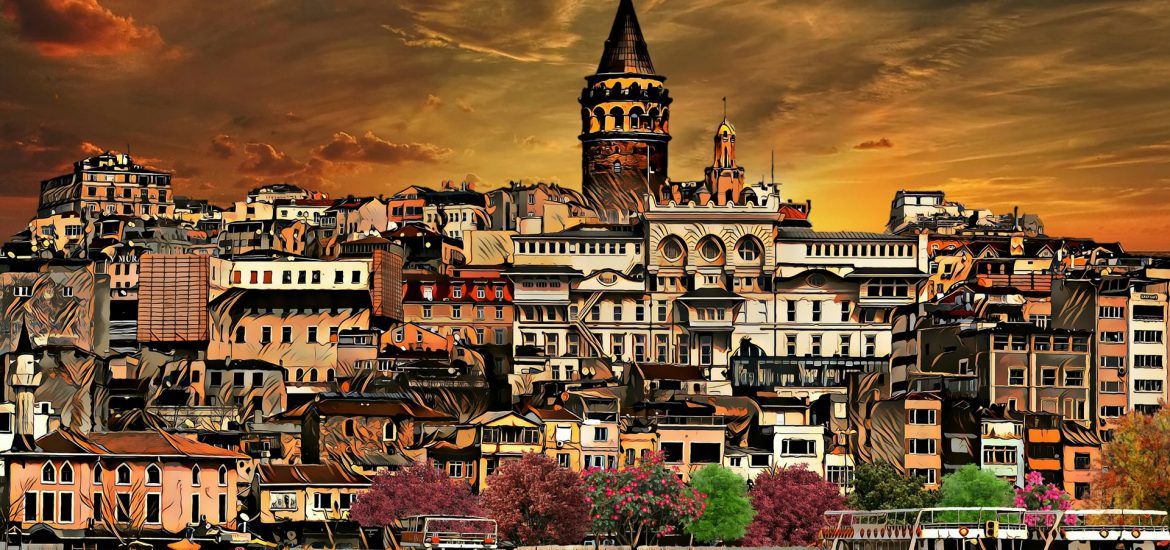Top 10 Buildings In Western Style Built In The Last Period Of Ottoman Empire
Istanbul, which has hosted many essential civilisations for centuries, has a magnificent history. A fundamental part of the history of Istanbul is, of course, the Ottoman Period. The deep-rooted history of this particular city has made it possible to find countless historical artefacts even today. In Istanbul, many works dating back to the Pre-Ottoman and Ottoman periods have reached to our day and have been restored with restoration works. In this article, we will examine the important structures of Western style in Istanbul, which became a centre of attraction for Europeans in the last period of the Ottoman Empire. Here are the unique structures that still stand on the spot with the glory of the first day!
- The Fourth Foundation Han (Legacy Ottoman Hotel)
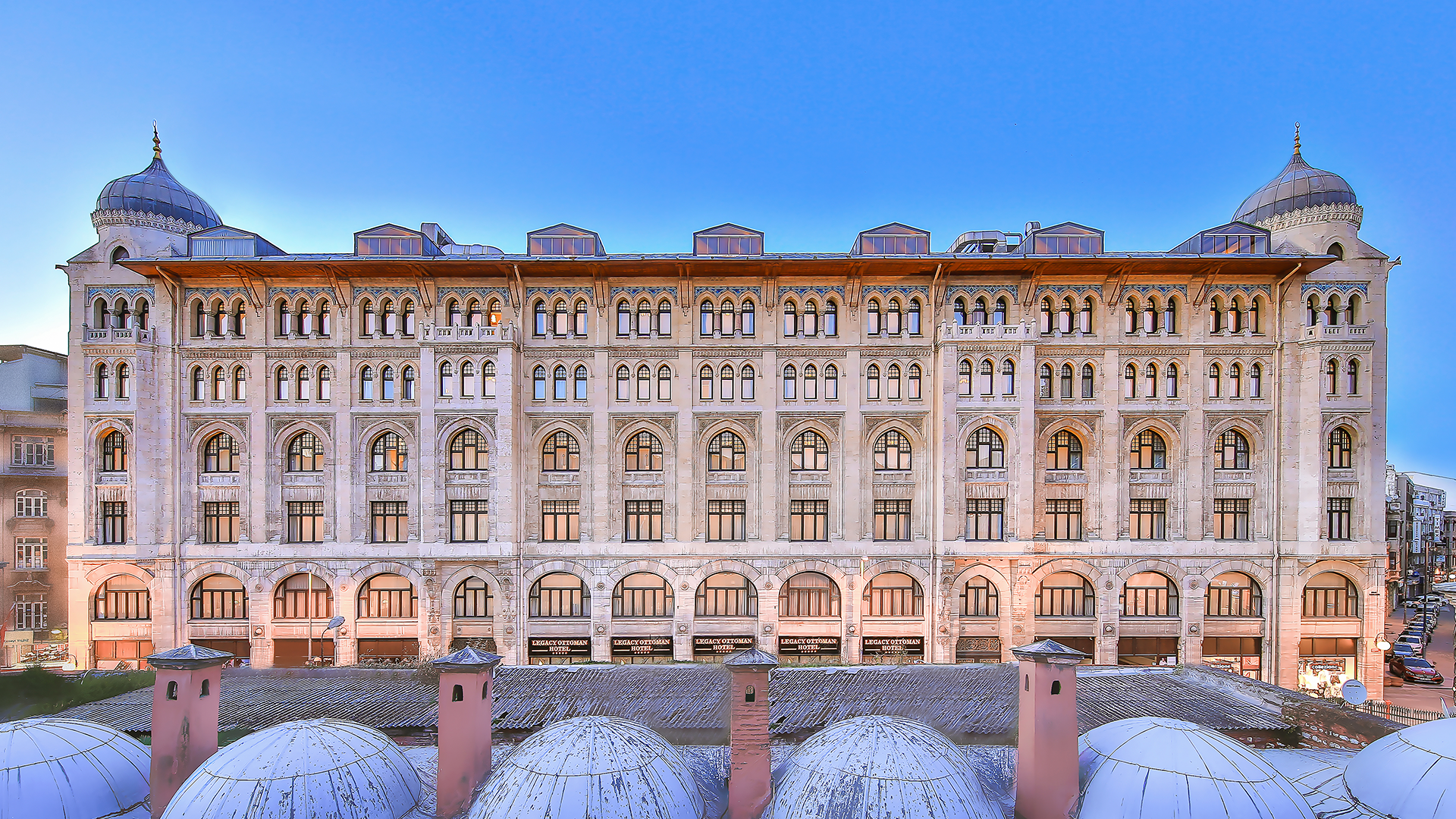
Located in Sirkeci, Dördüncü Vakıf Han was designed by Architect Kemaleddin Bey in 1911 to meet the need for office buildings in the surrounding area. The construction started in 1912 and was completed in 1926 due to the war. This unique structure with its Western influences in its architecture is only one of the business centres in the Galata region, which has gained the appearance of a real European city due to the developing relations with Europe since the conquest of Istanbul. Today, it has been restored according to its original and continues to host history lovers coming to Istanbul under the name of Legacy Ottoman Hotel.
- Botter Apartment
Botter Apartment, located in Beyoğlu, is known as the first Art Nouveau building in Istanbul. The architect is Raimondo D’Aronco. Botter Apartment is the most prominent representative of the Art Nouveau movement, which was built in the last period of the Ottoman Empire and which is a simplified architectural understanding of the period.
- Flower Passage
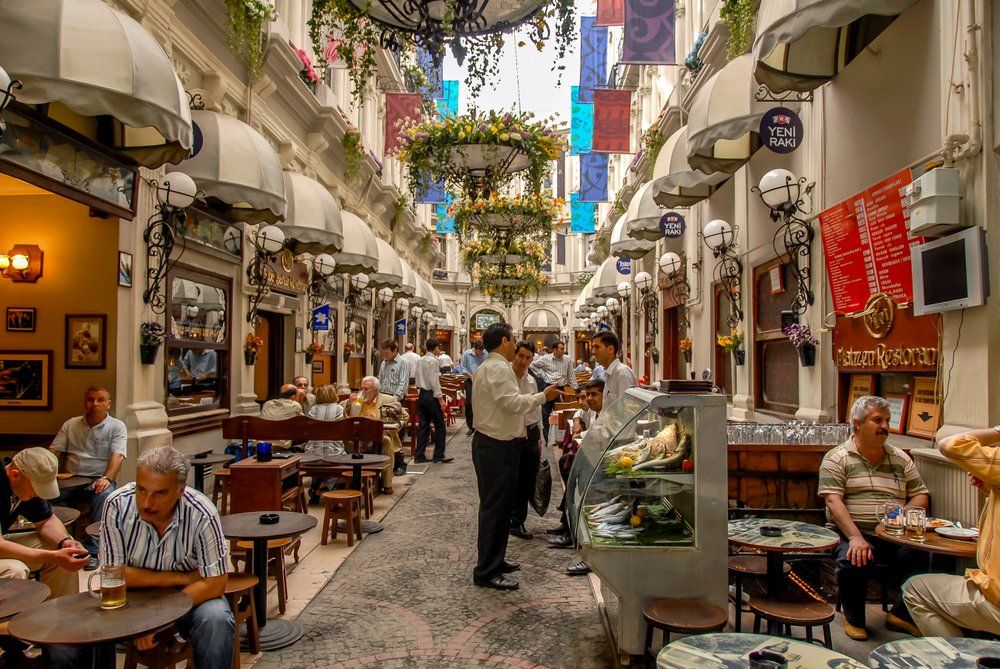
The Flower Passage, one of the most important symbols of Beyoğlu, was built in 1876 by architect Cleanthy Zanno. Built-in neo-baroque style, there are 24 shops in Paris style and 18 luxury apartments above it. This splendid building, built in Western style, continues to attract and draw attention to people like the first day.
- Frej Apartment
The flamboyant building of Şişhane is Frej Apartment building which was built in the western style in the last period of the Ottoman Empire. This magnificent building was established in 1905 by Selim Hanna Frej (Friege). Art Nouveau is known as the architectural style of the building which was built in the period when the apartment madness gained speed in Istanbul.
- Egypt Apartments
Egypt Apartment, one of the most elegant buildings of Beyoglu, was built in 1910 by architect Hovsep Aznavuryan. The architecture of this majestic structure carries traces of the Art Nouveau movement. The front side of the Egypt Apartment, which still maintains its extraordinary influence on the first day, has great balconies, lounges and large windows.
- Viora Han
Viora Han, one of the historical buildings in Sirkeci, is also an outstanding example of neoclassical architecture. Built in the Art Nouveau style by the architect Raimondo D’Aronco at the beginning of the 20th century. Nowadays, although it is in a state of ruin and needs restoration, it continues to affect the neighbourhood’s atmosphere in the same way.
- Saint Antoine Apartment
One of the most important historical buildings of Beyoğlu, Saint Antoine Apartment was built in 1912 by architects Giulio Mongeri and Edoardo de Nari. This splendid building is entirely different from the apartment buildings that reflect the contemporary trends of the period; it is a huge apartment in the view of the “plazzetto” which can be found in a northern Italian city.
- Istanbul Archeology Museum
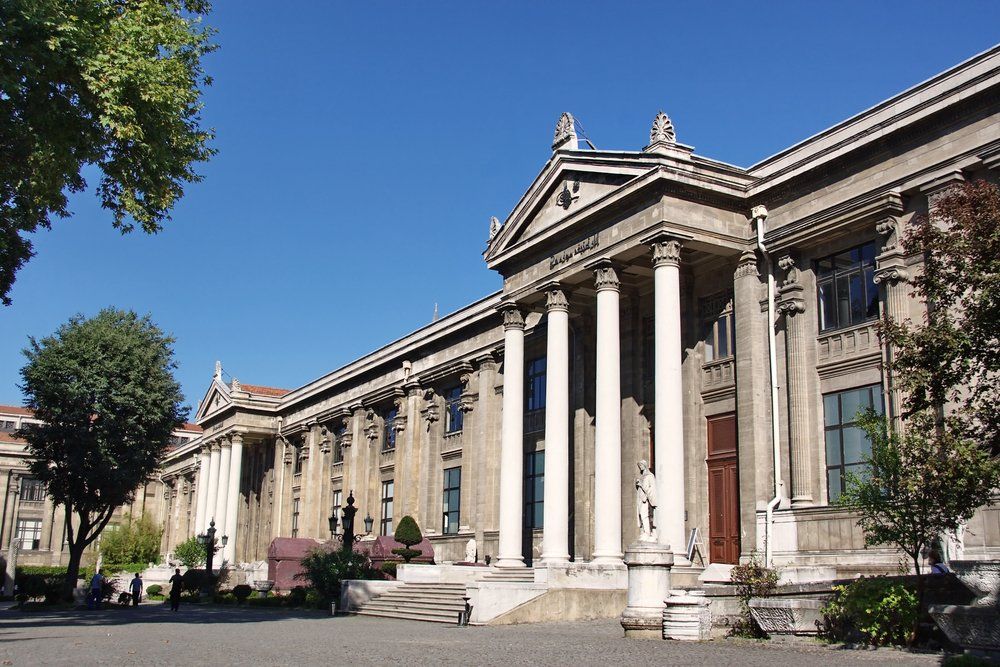
Istanbul Archeology Museum, which is one of the works of Western style in the late Ottoman period, was built by the famous architect Alexander Vallaury. The structure is one of the most beautiful examples of neoclassical architecture and has an essential place today with its monumental stance.
- Soho House
Soho House, one of the magnificent buildings of Beyoğlu, was built by Architect Giacomo Leoni in the late Ottoman period. The construction of the building took precisely 9 years, and many materials from Piemonte rosewood doors and window frames to Carrara marble were brought from Italy.
- Syria Passage
This historical inn and passageway in Beyoğlu Tünel was built in 1918. Its architecture is inspired by the Western style and has been constructed as three separate buildings; the buildings were connected later. Today, the Syrian Han and Passage are challenging the time with its grandeur.
